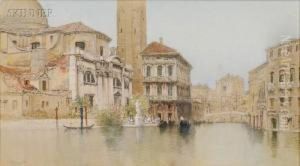Francis Hopkinson Smith Paintings
Francis Hopkinson Smith was an American author, artist, and engineer. He was born on October 23, 1838, in Baltimore, Maryland. Smith was descended from a prominent family; his great-grandfather was Francis Hopkinson, one of the signers of the Declaration of Independence.
Educated in the field of engineering, Smith worked on various significant projects including the construction of the foundation for the Statue of Liberty and the Race Rock Lighthouse off the New England coast. His engineering background influenced much of his later work and lent a distinctive technical precision to his art.
As an artist, he was self-taught and excelled at watercolor painting. Smith captured American and European landscapes and scenes from his extensive travels in his artwork. He was a member of the American Watercolor Society and found success during his lifetime as a painter, with his works being exhibited and sold.
In addition to his artistic and engineering accomplishments, Francis Hopkinson Smith was also a successful writer. He authored numerous novels, short stories, and travelogues. His most famous work is the 1896 novel 'Colonel Carter of Cartersville,' which was well-received and showcased his storytelling abilities. Smith's writings often reflected his interest in the South and its culture, and he had a talent for incorporating his engineering knowledge into his stories.
Francis Hopkinson Smith died on April 7, 1915, in New York. He left behind a legacy as a multi-talented individual who made significant contributions to the arts, literature, and engineering. His diverse career reflects the spirit of American ingenuity and creativity during the late 19th and early 20th centuries.
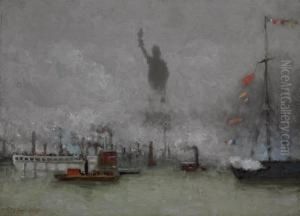
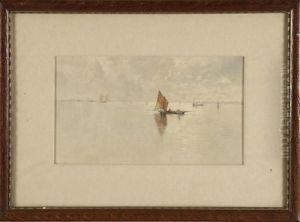
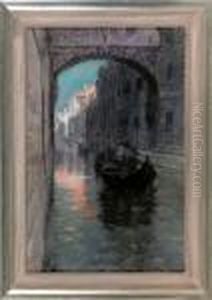
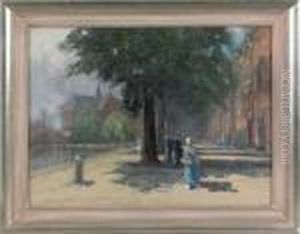
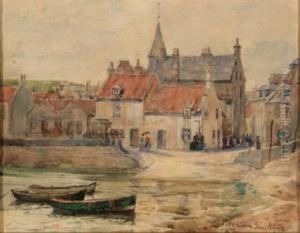
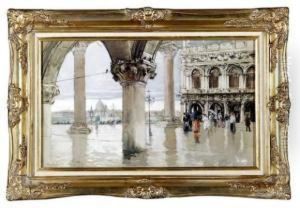
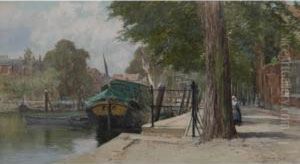
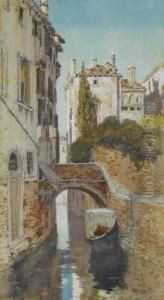
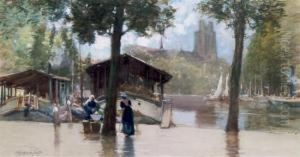
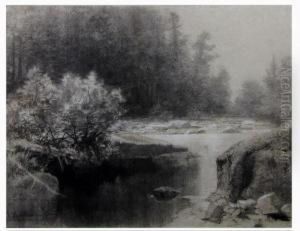
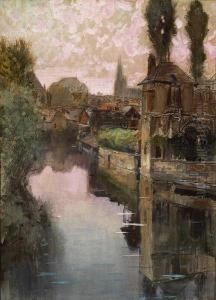
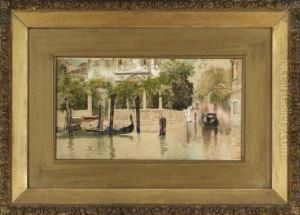
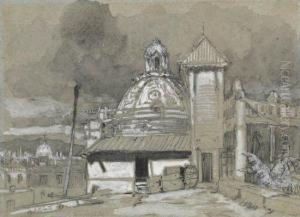
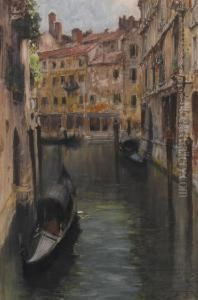
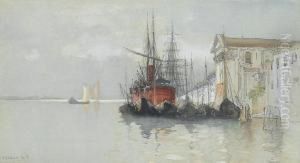
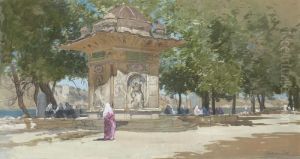
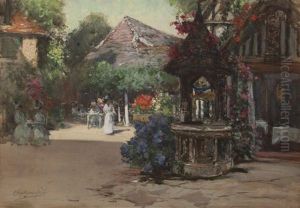
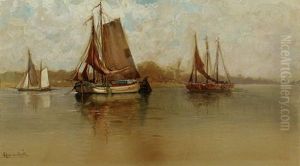
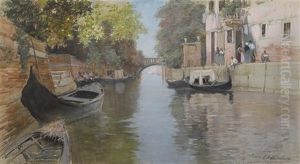
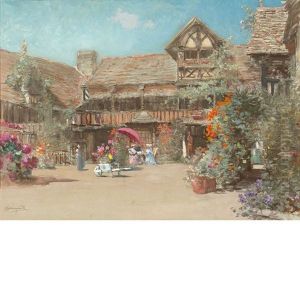
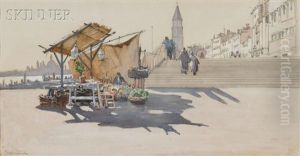
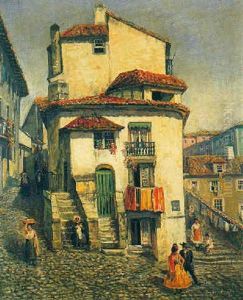
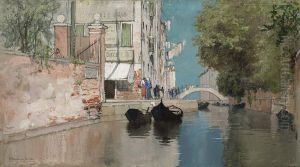
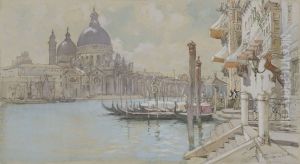
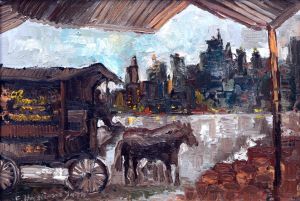
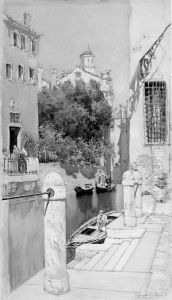
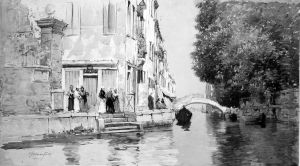
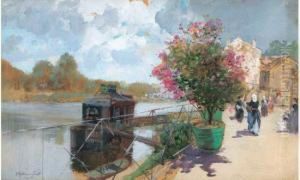
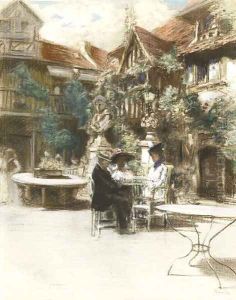
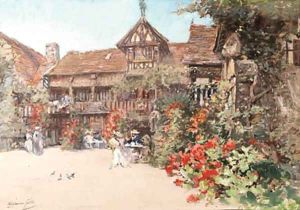
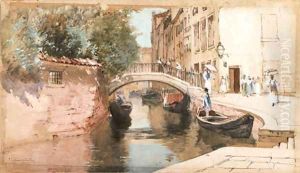
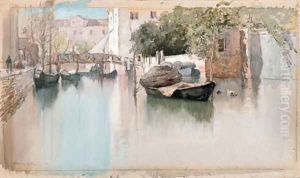

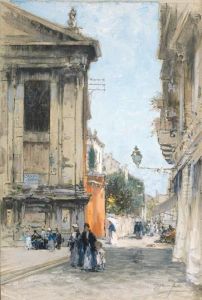
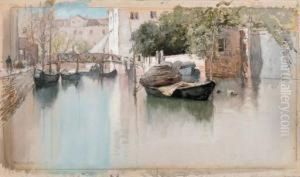
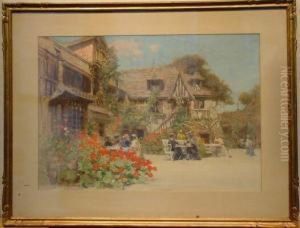
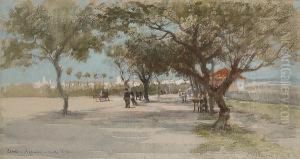
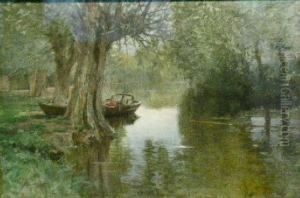
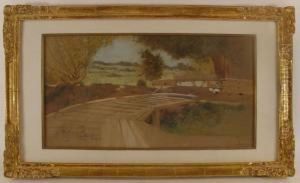
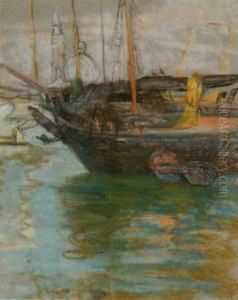
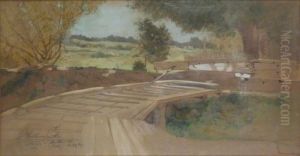
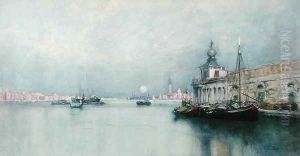
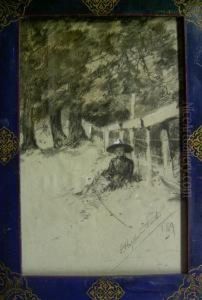
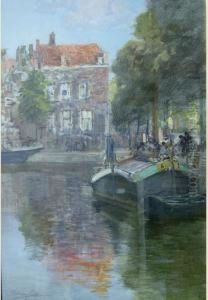
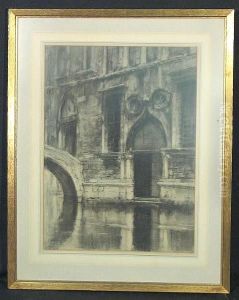
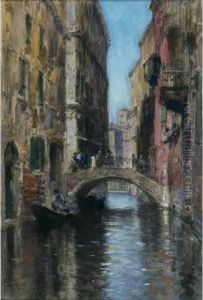
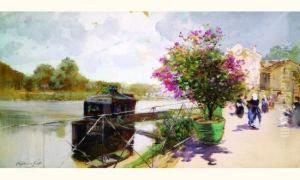
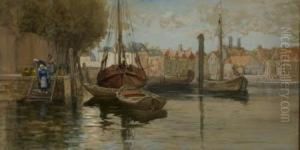
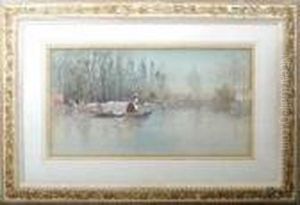
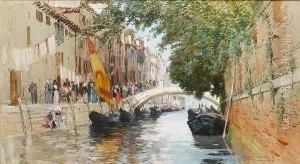
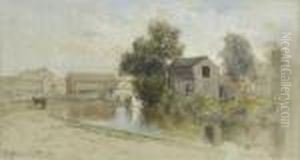
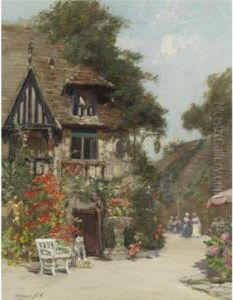
![Untitled [giverny Landscape]](https://www.niceartgallery.com/imgs/1613339/s/francis-hopkinson-smith-untitled-giverny-landscape-a7fb9564.jpg)
